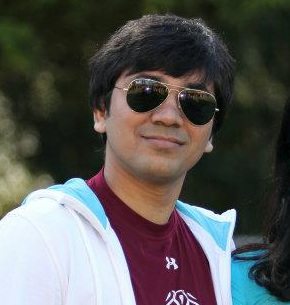
Speech Act Modeling of Written Asynchronous Conversations: A Neural CRF Approach
Shafiq Joty, and Tasnim Mohiuddin
Participants in asynchronous conversations (e.g., forums, emails) interact with each other at different times, performing certain communicative acts, called speech acts (e.g., question, request). In this article, we propose a hybrid approach to speech act recognition in asynchronous conversations. Our approach works in two main steps: a long short-term memory recurrent neural network (LSTM-RNN) first encodes each sentence separately into a task-specific distributed representation, which is then used in a conditional random field (CRF) model to capture the conversational dependencies between sentences. The LSTM-RNN uses pretrained word embeddings learned from a large conversational corpus and is trained to classify sentences into speech act types. The CRF model can consider arbitrary graph structures to model conversational dependencies in an asynchronous conversation. In addition, to mitigate the problem of limited annotated data in the asynchronous domains, we adapt the LSTM-RNN model to learn from synchronous conversations (e.g., meetings) using domain adversarial training of neural networks. Empirical evaluation shows the effectiveness of our approach over existing ones: (i) LSTM-RNNs provide better task-specific representations, (ii) conversational word embeddings benefit the LSTM-RNNs more than the off-the-shelf ones, (iii) adversarial training gives better domain-invariant representations, and (iv) the global CRF model improves over local models.

Speech Act Modeling of Written Asynchronous Conversations: A Neural CRF Approach
Shafiq Joty, and Tasnim Mohiuddin. In Computational Linguistics (Special Issue on Language in Social Media, Exploiting discourse and other contextual information) : pages 859 - 894, 2018.
PDF Abstract BibTex
Shafiq Joty, and Tasnim Mohiuddin. In Computational Linguistics (Special Issue on Language in Social Media, Exploiting discourse and other contextual information) : pages 859 - 894, 2018.
PDF Abstract BibTex